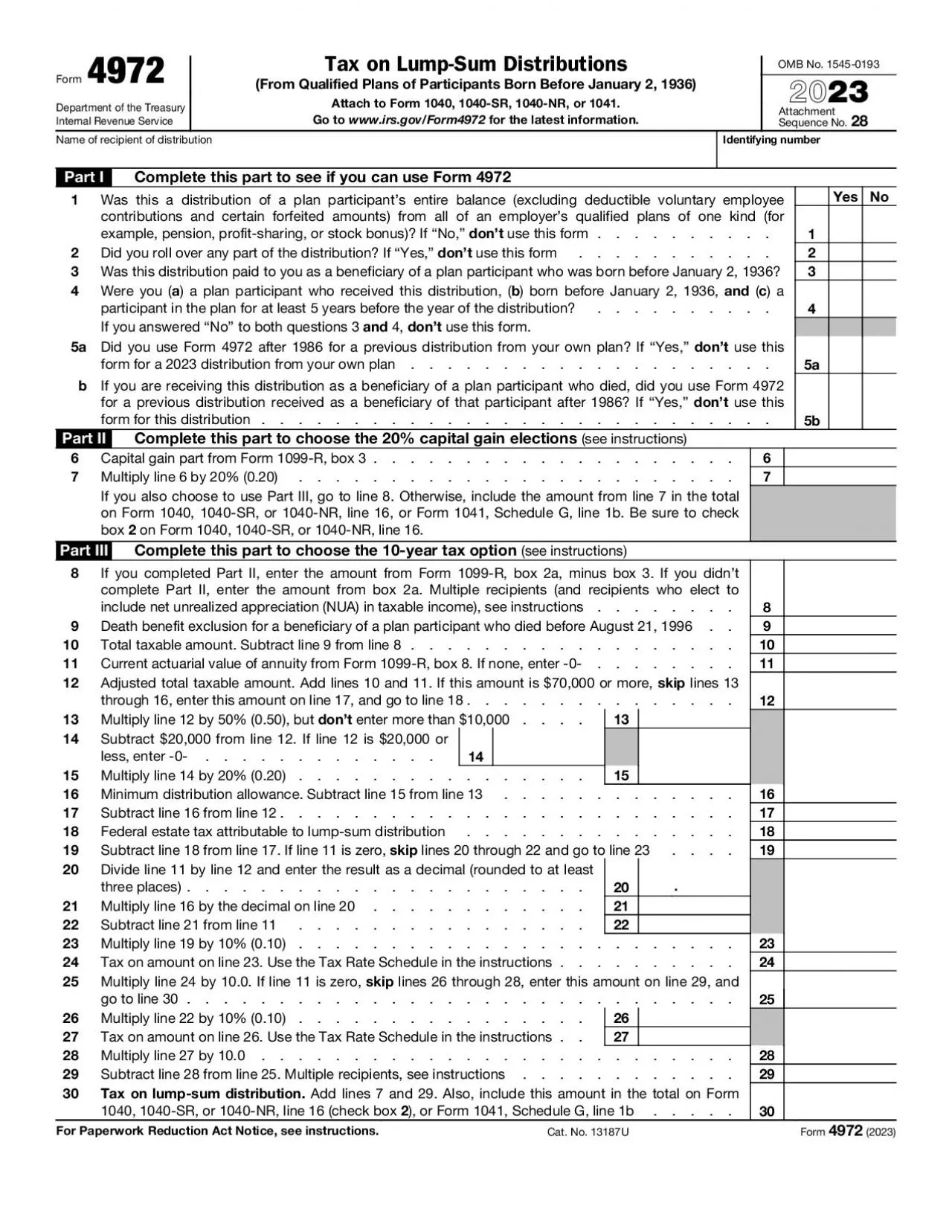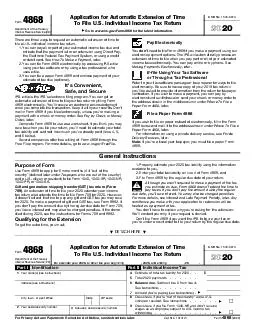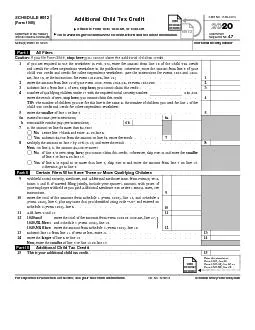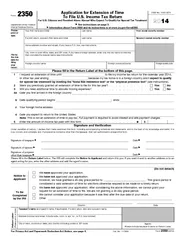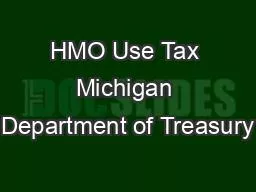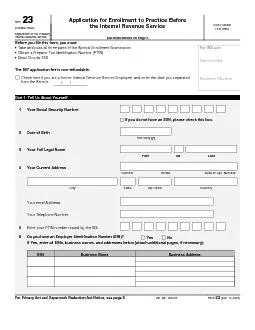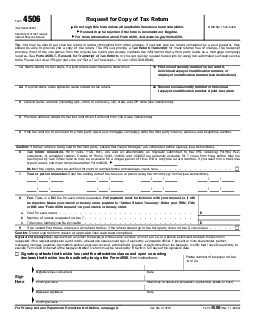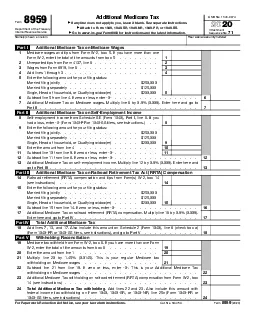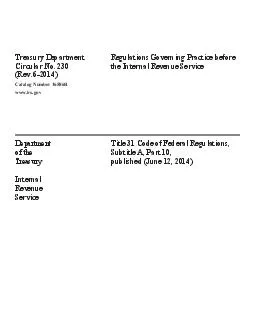PDF-Department of the Treasury Internal Revenue Service99 Tax on LumpSum
Author : emily | Published Date : 2021-09-25
Form 4972 Go to wwwirsgovForm4972 for the latest information Attach to Form 1040 1040SR 1040NR or 1041OMB No 154501932020Attachment Sequence No 28Name of recipient
Presentation Embed Code
Download Presentation
Download Presentation The PPT/PDF document "Department of the Treasury Internal Reve..." is the property of its rightful owner. Permission is granted to download and print the materials on this website for personal, non-commercial use only, and to display it on your personal computer provided you do not modify the materials and that you retain all copyright notices contained in the materials. By downloading content from our website, you accept the terms of this agreement.
Department of the Treasury Internal Revenue Service99 Tax on LumpSum: Transcript
Download Rules Of Document
"Department of the Treasury Internal Revenue Service99 Tax on LumpSum"The content belongs to its owner. You may download and print it for personal use, without modification, and keep all copyright notices. By downloading, you agree to these terms.
Related Documents

